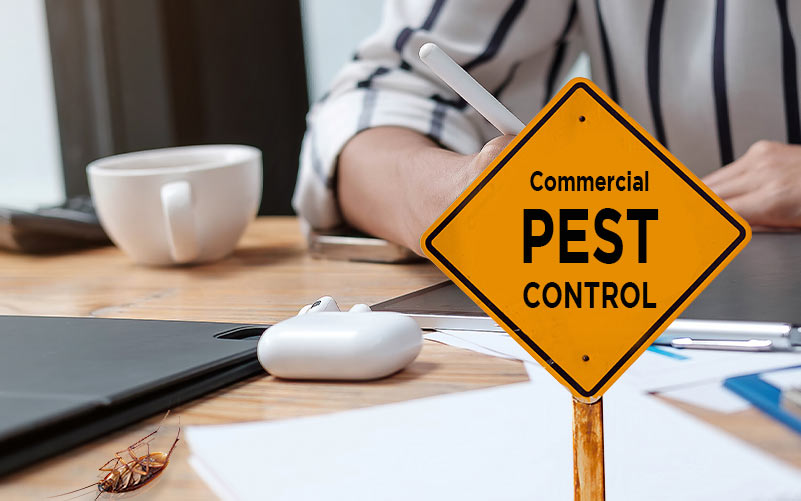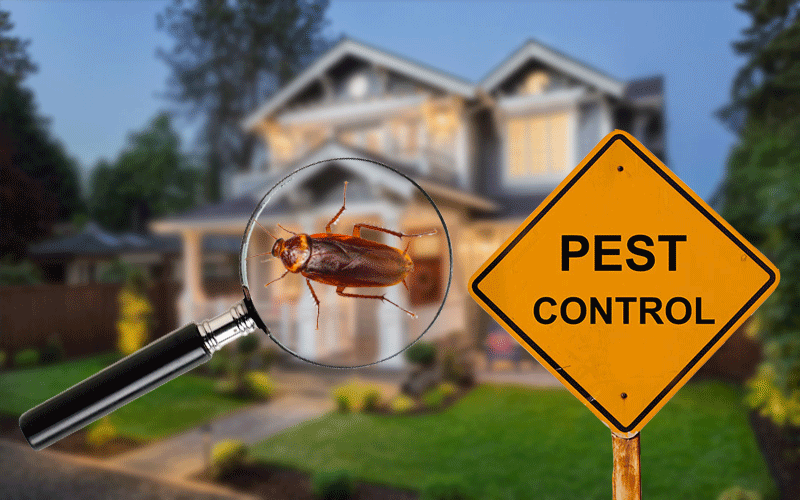Experienced A1 Exterminators Charlotte NC - Quick and Trustworthy Solutions
Experienced A1 Exterminators Charlotte NC - Quick and Trustworthy Solutions
Blog Article
Bed Pest Treatment Malfunction: Comparing Chemical Vs. Non-Chemical Solutions
In the world of bug control, specifically when managing the relentless problem of bed pests, the option between chemical and non-chemical treatment solutions can be a pivotal one. Both approaches provide distinct benefits and disadvantages, affecting aspects such as effectiveness, safety factors to consider, and overall expense. By checking out the nuanced information of each technique, a more clear understanding of which path to seek in dealing with a bed insect infestation can be acquired.
Effectiveness of Chemical Therapies
Chemical therapies for bed bug invasions have been extensively acknowledged for their potent and quick efficiency in eradicating these bugs. When taking into consideration the effectiveness of chemical treatments, it is essential to recognize that they can offer a thorough and fast solution to a bed pest trouble. Expert pest control men typically count on insecticides to target bed insects at various phases of their life cycle, including grownups, fairies, and eggs. These chemicals typically function by disrupting the bed pests' nerves, causing paralysis and eventual fatality.
Furthermore, chemical therapies have the advantage of providing residual results, suggesting that they can remain to remove bed insects even after the first application. This recurring activity is specifically helpful in combating any type of potential re-infestations. Furthermore, the fast action of chemical therapies can bring alleviation to people dealing with severe bed pest invasions, enabling them to reclaim control of their home swiftly.
Safety Problems With Chemical Solutions
One important aspect that needs careful factor to consider when using chemical options for bed bug treatment is guaranteeing the security of passengers and the setting. Exposure to particular chemicals made use of in bed pest treatments can lead to respiratory system issues, skin irritability, or various other damaging reactions, especially in individuals with pre-existing conditions or level of sensitivities.
Additionally, the environmental effect of chemical options is another substantial factor to consider. Some pesticides used in bed insect therapies might be hazardous to advantageous insects, wildlife, and communities if they seep into the soil or water systems. It is necessary to use chemical treatments carefully, complying with safety and security guidelines, and thinking about less poisonous alternatives to minimize these risks and make certain the safe and reliable management of bed insect infestations.
Advantages of Non-Chemical Techniques
Taking into consideration the potential safety problems and ecological impact connected with chemical solutions for bed bug therapy, discovering non-chemical methods presents an encouraging choice with numerous distinct benefits. Non-chemical treatments are environmentally friendly, as they do not add to air or water contamination, making them a sustainable choice for insect control.
Additionally, non-chemical remedies can be reliable in targeting bed insects, consisting of hard-to-reach areas where chemical treatments might not permeate - A1 pest control charlotte nc bed bugs. Techniques such as warm treatment, vacuuming, steam cleansing, and cushion encasements provide extensive obliteration without the usage of dangerous chemicals.
Limitations of Non-Chemical Treatments

Furthermore, non-chemical therapies frequently call for multiple applications to achieve effective removal. This can be lengthy and may not constantly guarantee total removal of all bed bugs and their eggs, particularly in concealed or hard-to-reach locations.
Moreover, the success of non-chemical treatments heavily counts on appropriate application and thoroughness, which can be challenging for individuals without expert knowledge. Insufficient application of non-chemical methods might result in incomplete eradication, leading to consistent problems and the requirement for added treatments.
Therefore, while non-chemical therapies have their benefits, it is vital to recognize these limitations and consider them when figuring out the most reliable strategy for handling bed pest invasions.
Cost Contrast: Chemical Vs. Non-Chemical Options
Offered the constraints associated with non-chemical therapies, a vital aspect to examine in the context of bed pest monitoring is the price contrast in between chemical and non-chemical choices. Chemical therapies generally include the application of pesticides by professionals, which can range from $250 to $900 per space, depending upon the seriousness of the infestation and the size of the area to be dealt with. In contrast, non-chemical treatments like heat treatment or steam can be much more pricey, with expenses ranging from $1,000 to $6,000 for an entire home. While the preliminary cost of chemical therapies might seem reduced, numerous treatments might be called for to totally eliminate the invasion, potentially enhancing the total cost. On the various other hand, non-chemical alternatives may supply a much more sustainable and environment-friendly remedy, although they can be cost-prohibitive A1 pest control services charlotte for some people. Inevitably, when considering the cost of bed insect treatment options, it is necessary to consider the in advance costs against the effectiveness and long-term sustainability of the picked approach.
Verdict

Thinking about the potential safety and security worries and environmental influence connected with chemical solutions for bed pest therapy, exploring non-chemical strategies provides a promising choice with several unique benefits.Provided the limitations linked with non-chemical treatments, a crucial facet to examine in the context of bed bug administration is the cost contrast between chemical and non-chemical alternatives. In comparison, non-chemical therapies like warmth therapy or steam can be extra pricey, with expenses varying from $1,000 to $6,000 for an entire home. While the preliminary cost of chemical treatments may appear lower, numerous treatments may be required to completely get rid of the problem, potentially boosting the total expense.In verdict, when comparing chemical and non-chemical bed pest treatment alternatives, it is necessary to consider efficiency, safety and security, benefits, limitations, and price.
Report this page